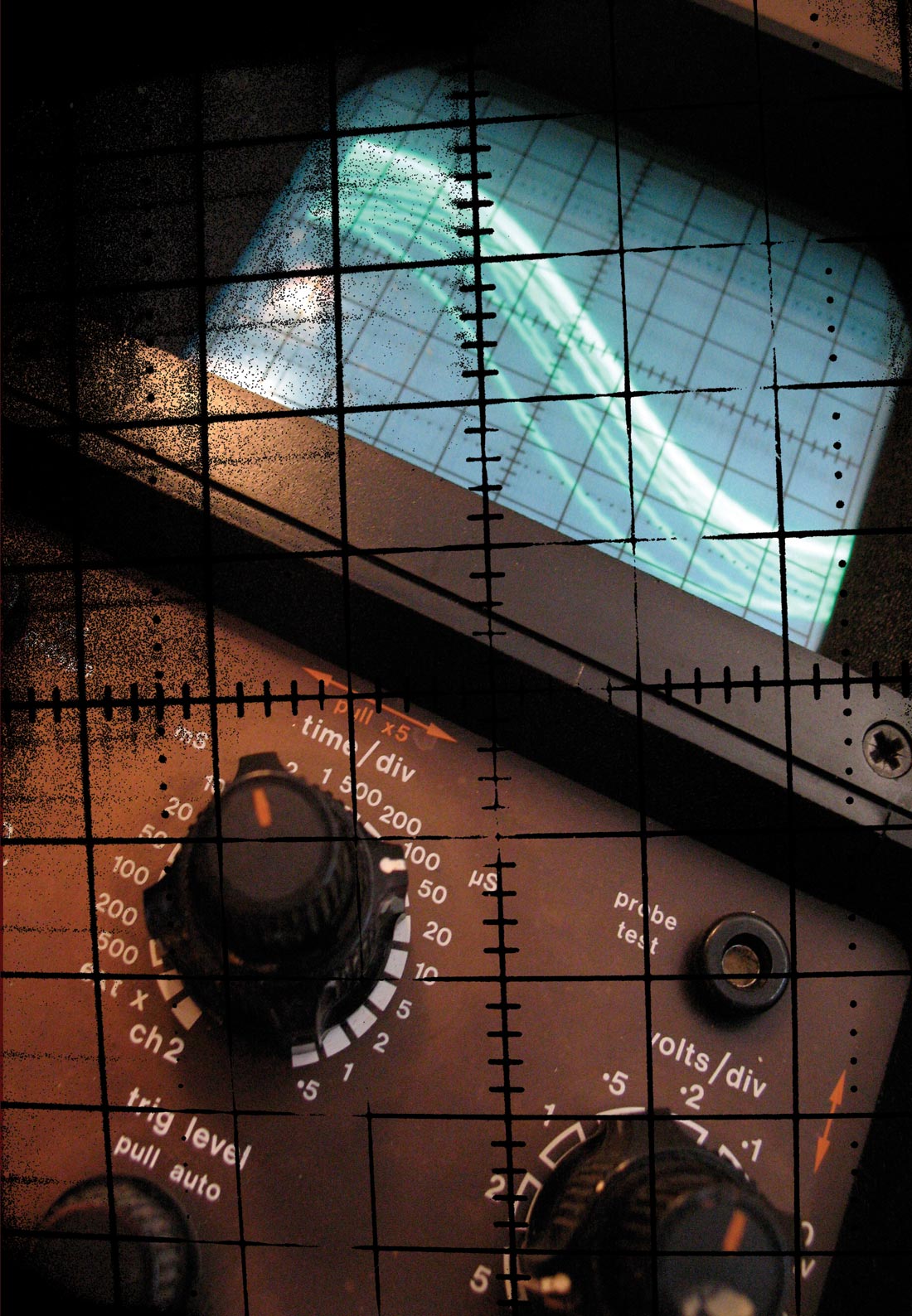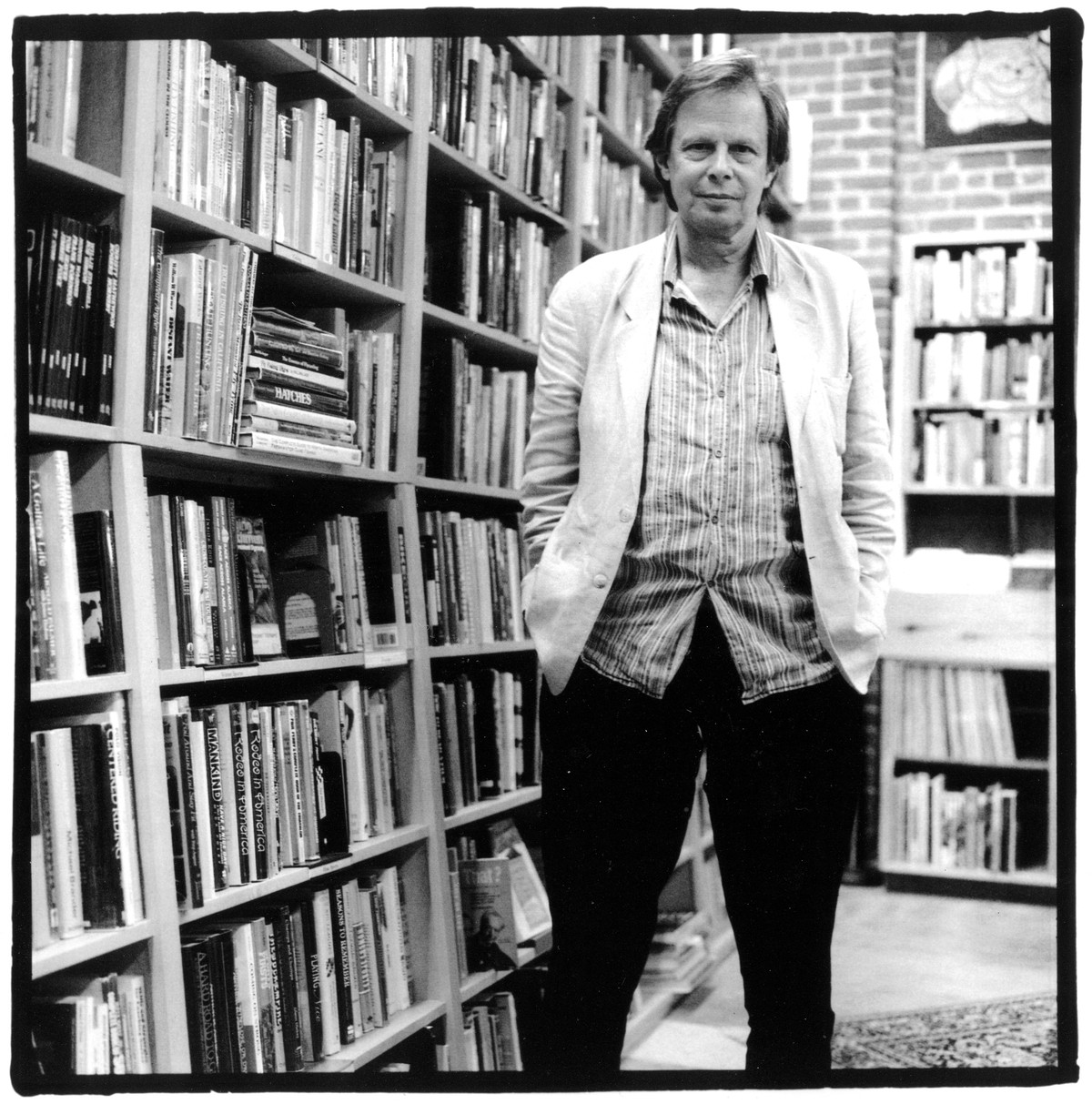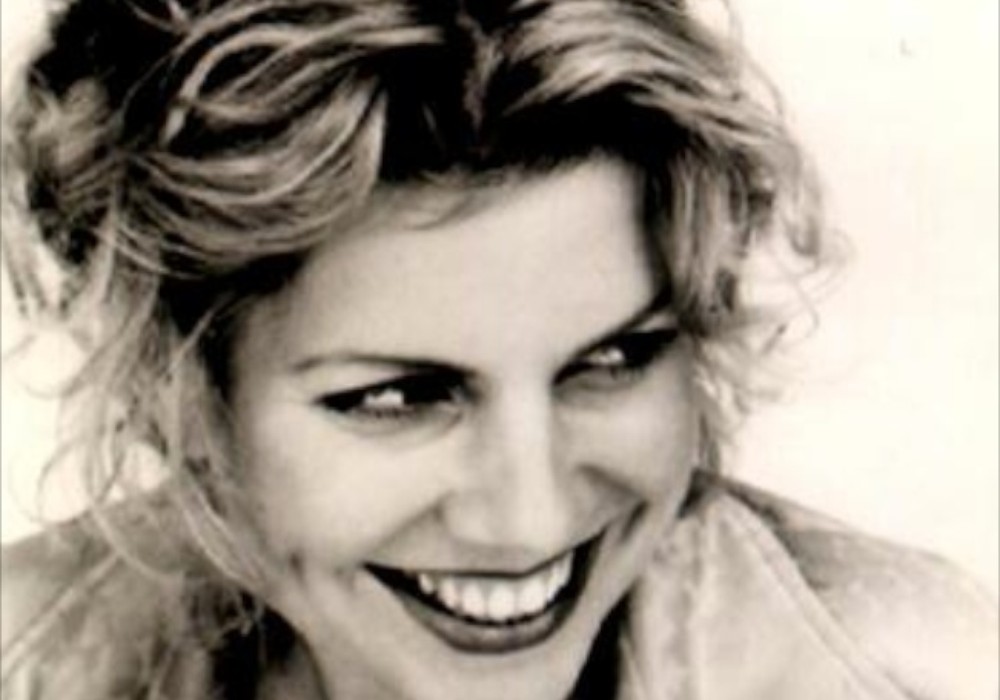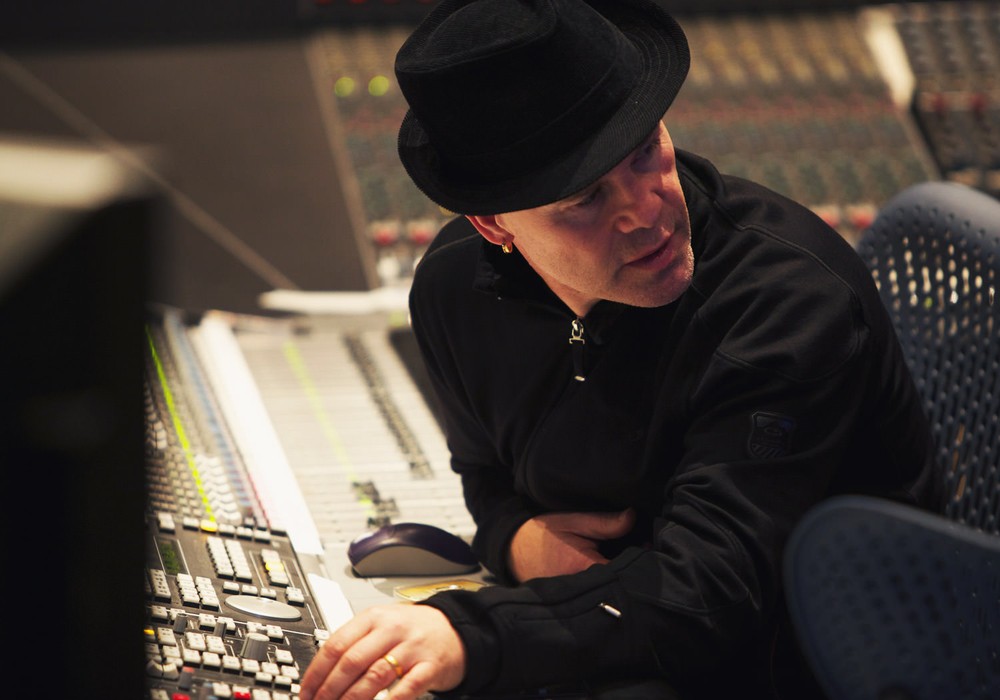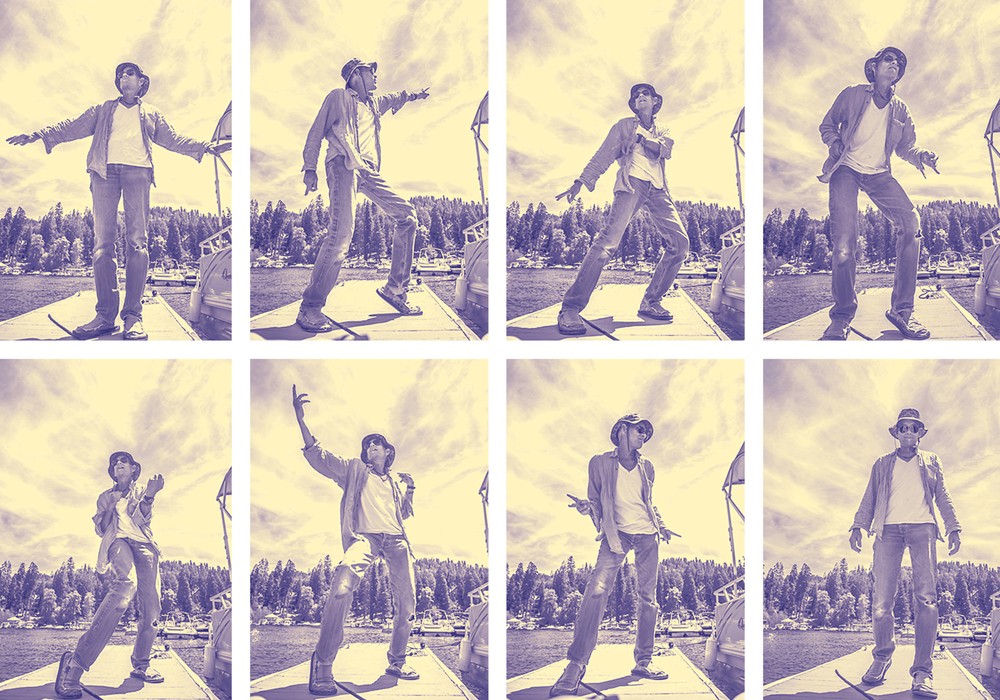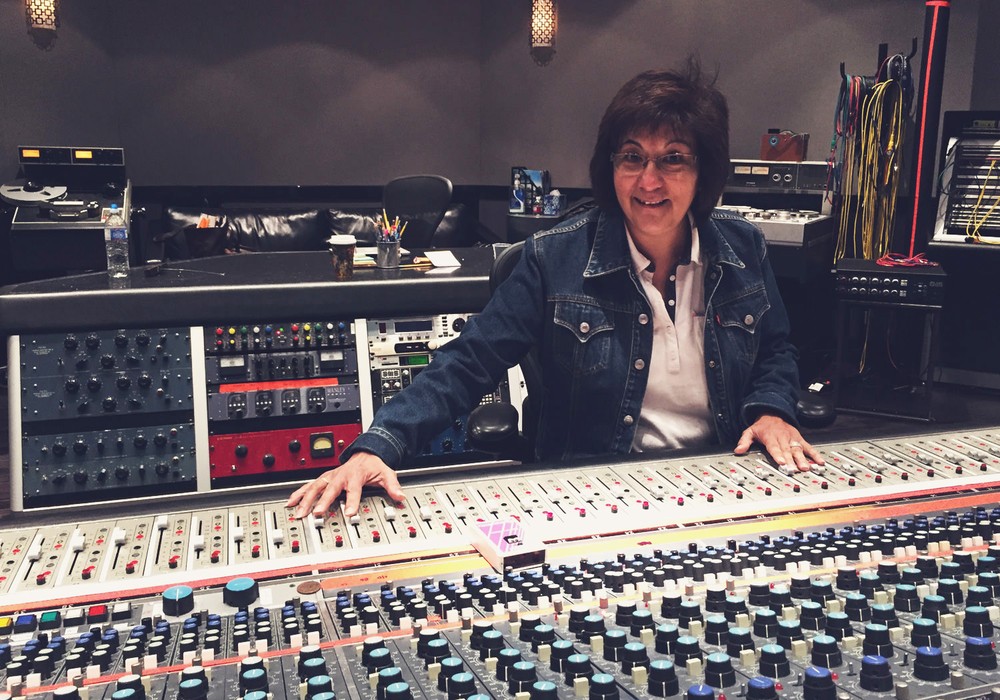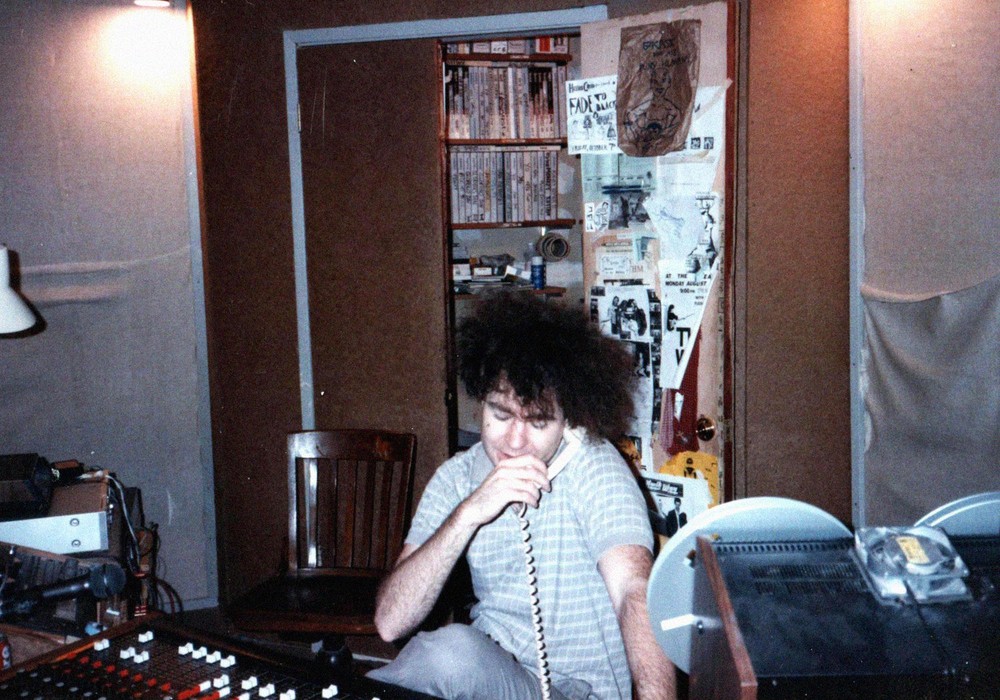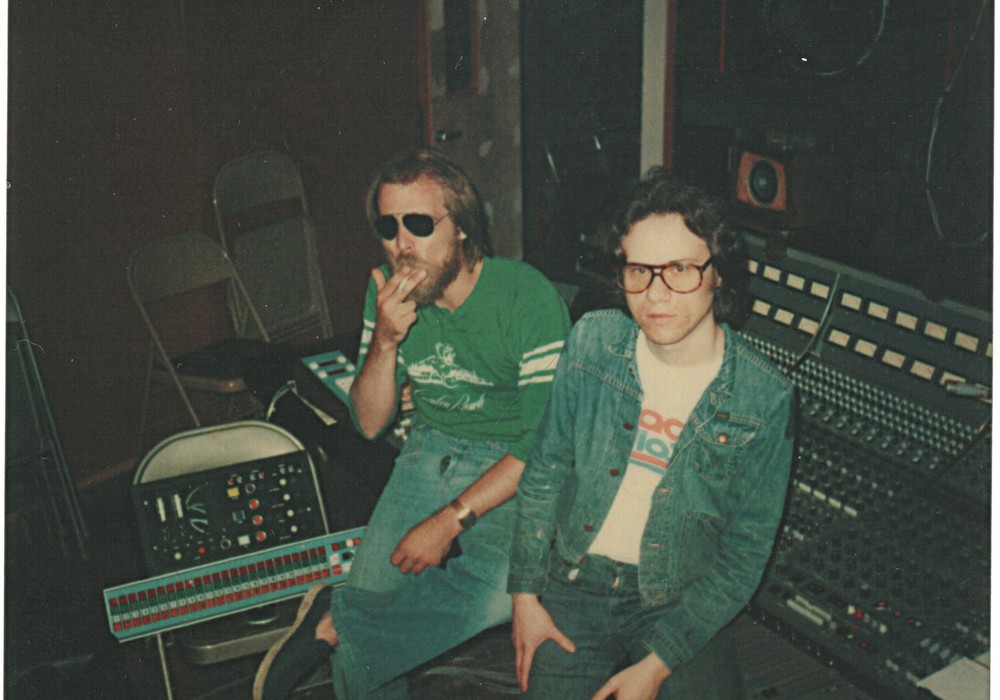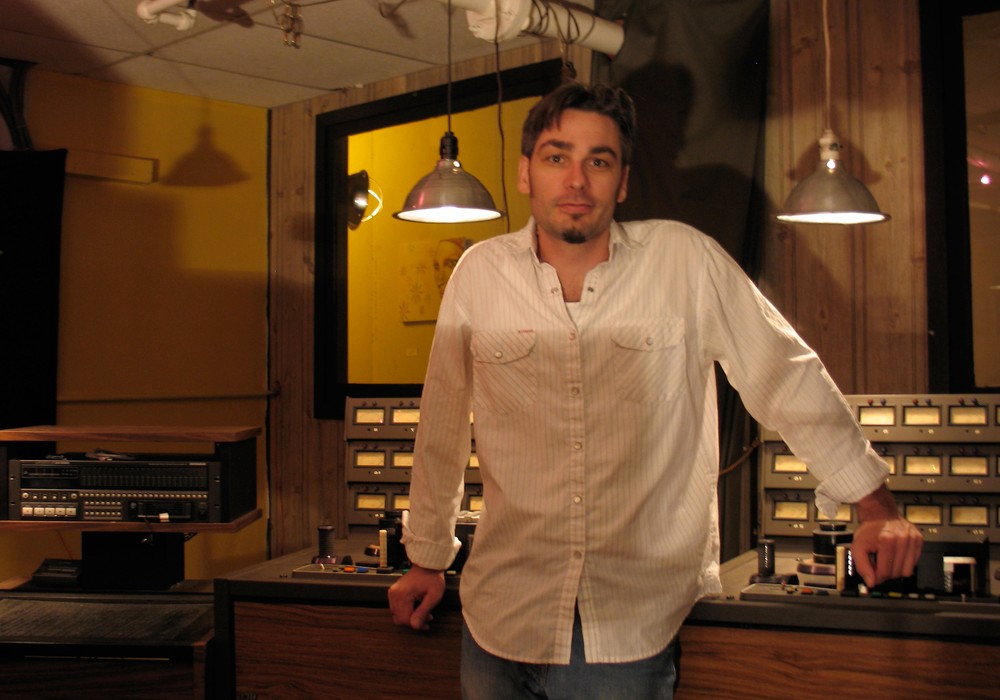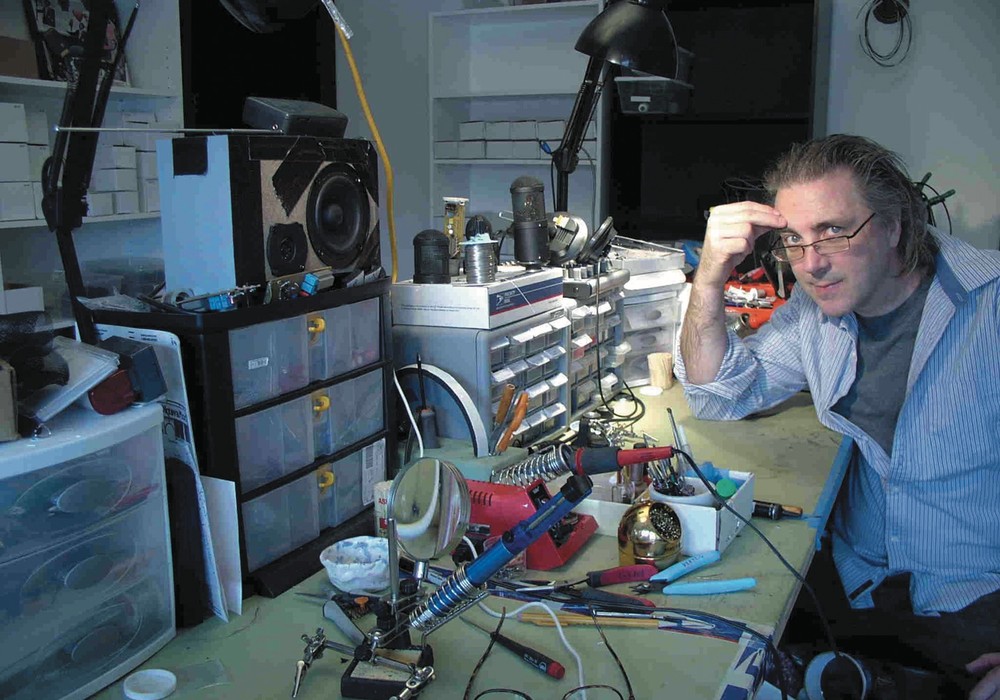When Joe Boyd's book White Bicycles came out last year, I was excited. Not only could I finally read more about this amazing record producer/label owner/manager, but there might be a chance to interview him for Tape Op. During Joe's West Coast book tour we were able to spend a lunch together at Portland's Doug Fir Lounge, and I finally got to meet the man who recorded some of my all-time favorite records. From Pink Floyd's firÌ single, "Arnold Layne", Richard and Linda Thompson's Shoot Out the Lights, R.E.M.'s Fables of the Reconstruction, most of the Nick Drake catalog and early Fairport Convention, to some passionate and informed production of world music albums, Joe has helped create, release and guarantee the (sometimes gradual) success of many artists. In some ways you could look at Joe's career as flying under the radar or hidden behind the scenes, but even he has two slightly odd number one hits, with "Dueling Banjos" from the Deliverance soundtrack, and Maria Muldaur's "Midnight at the Oasis". Anyone with over 40 years in the music business is capable of losing his or her wonder of music, but with Joe this is not the case. Yes, he's stopped producing records and running a label, but with White Bicycles he tells eloquent tales of his adventures in music through the '60s and '70s. With his next book he will take us on a journey through world music — and I'll be waiting patiently for this sure-to-be-fascinating tale.
The one thing that really struck me with the book is that everything that happens to you really comes from being a fan of music. I think one of the problems I've had with the music industry lately is that it just feels like too many people in it are just doing a job, not coming at it with a large record collection and a passion for music.
That may be true with the major labels, but I think for most people who work in the indie world, the rewards are so limited and chancy that most people I've met are pretty passionate about music.
That's true. We'll see what happens to the major labels, anyway.
I don't remember saying it, but [in] one of the interviews I read I was welcoming the crisis in the music industry saying, "The dinosaurs will slowly sink into the tar pits and some of their cousins will turn into birds."
There have been periods where major labels worked fine, hand-in-hand with the music. Your book documents a certain era that definitely made a lot of sense — Elektra wasn't part of a major label in the same way it is now. Two things that make themselves apparent in the book are your early loves of jazz and working with jazz musicians. In my vision, that influenced the way you recorded everything from then on. It became more about looking for a space and a performance and capturing something.
It's not just jazz. Certainly, jazz in general has only really successfully been recorded that way, unlike other forms of music. I don't think there was a question of taking a practice that applied to jazz and trying to apply it to other things. I got through the mid-'60s until 4-track tape came in. That was the way all music was made.
That's true. That kind of dictates the process.
Les Paul did some tricks, but they were bouncing stuff back and forth. That was an aberration rather than a practice.
I guess now we take layering and creating in that fashion for granted.
The "Wall of Sound" was live. He [Spector] had three pianos in the studio. He had twelve guitars in the studio. He had the girls in the vocal booth live.
What I responded to was you talking about looking for recording spaces and how that creates part of the environment, and making sure something happened on the floor.
That is one of the problems I have with a lot of contemporary recording. You don't feel like it is taking place in a room. It's taking place in cyberspace or in an electronic environment — close mic'ing in a dead space. If you want atmosphere, you dial it up. I keep quoting these two examples, but I think they're good examples: Buena Vista Social Club and Norah Jones — they really sound as though they've been made in a space. I don't personally think they would've been that successful if they hadn't sounded like that. Norah Jones made her record on Pro Tools originally and Blue Note said, "We don't like it." So they went into the studio with Arif Mardin to redo it. They were right. It could've easily dropped like a stone, but that record had that fantastic warmth and atmospherics to it that you can only get when you've got more than one microphone open in the space at the same time, so it sounds three-dimensional.
In your book you mentioned working with The Incredible String Band and doing overdubs, having access to an 8-track, probably at that point.
The first time it was four.
You were taking a jump from two different ways of working. Initially, what did you learn in that process?
I don't think there were generic lessons. Mistakes were individual and specific. You try putting a harmony on and it doesn't work and you erase it and put something else on. You put a pennywhistle on something and Robin [Williamson] or Mike [Heron] would say, "Oh that works." It was in the air. [In] '67, Revolver was already out and the fact that The Beatles were working on Sgt. Pepper's — and "Penny Lane" and...
